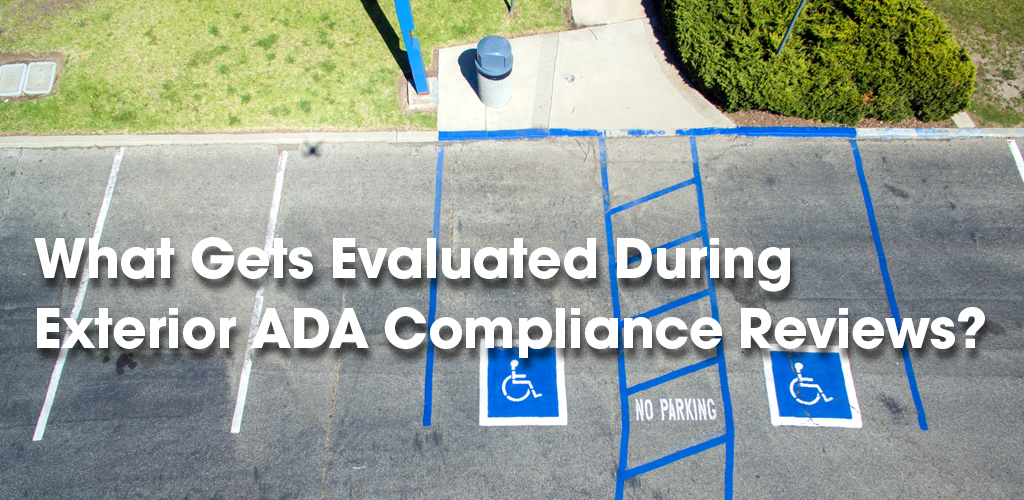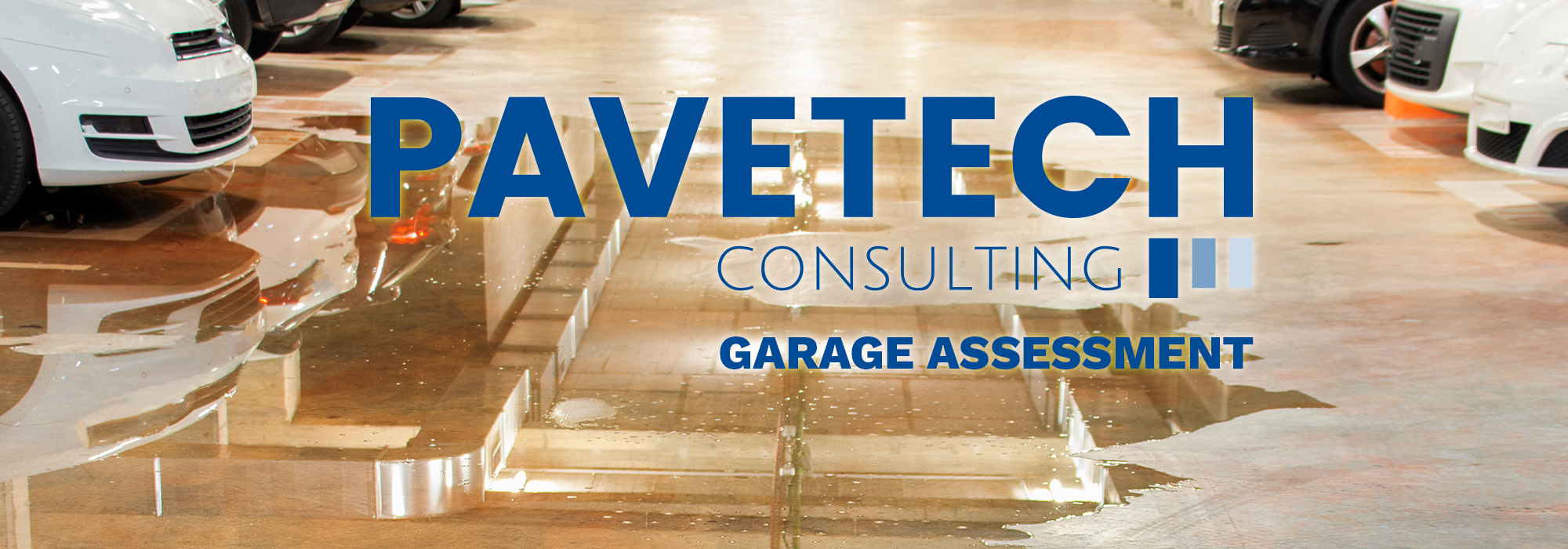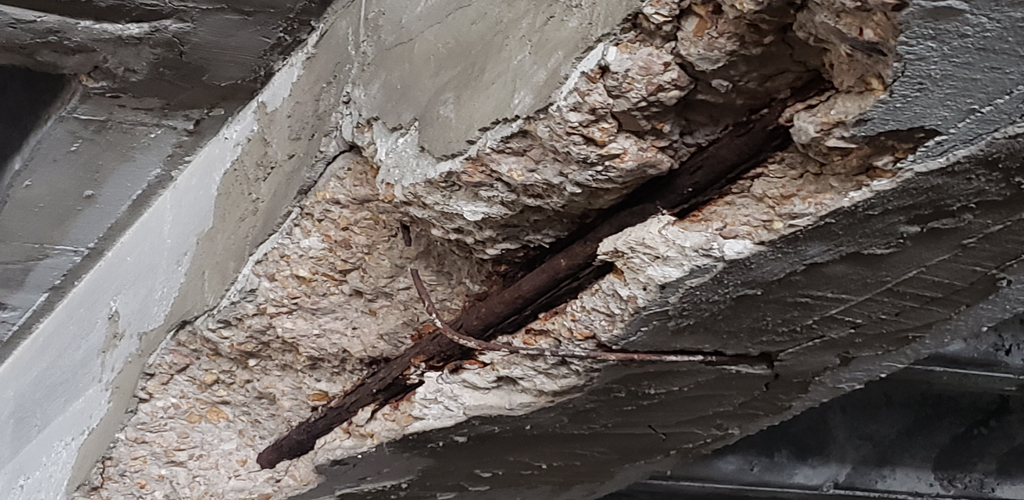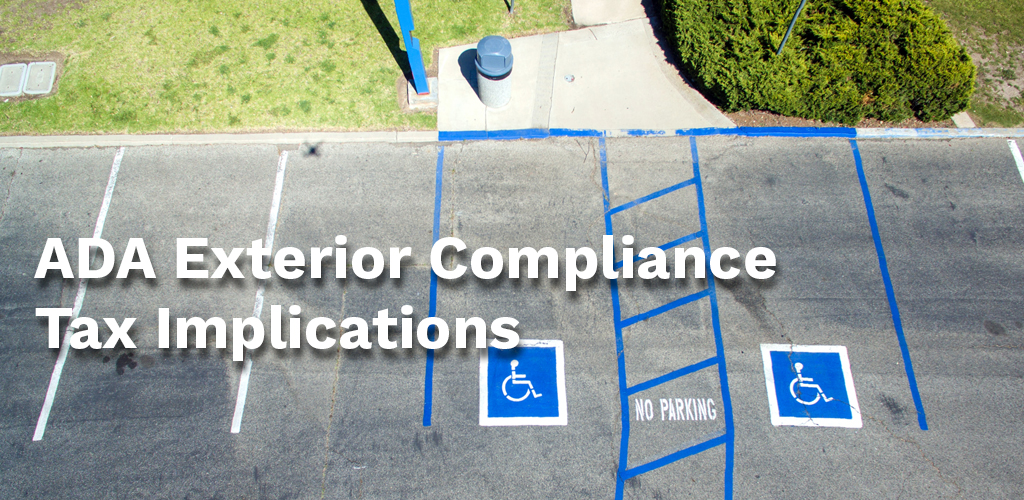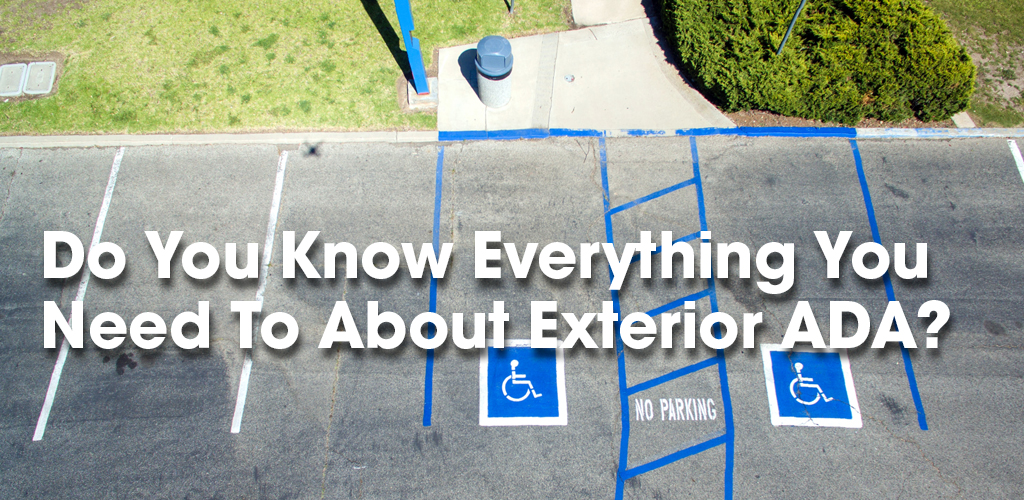In our last blog we talked about Exterior ADA and the types of services we offer, through our trained professionals, to ensure your project complies with the 2010 ADA Standards of Accessible Design requirements along with state and local variances.
Requirements do vary from state to state and even city to city; this results in a compliant ADA parking stall in one area that is not compliant in another.
Let’s dive a little deeper into exactly what we evaluate and how.
When on-site, we review the total number of parking stalls, access isles, walkways, ramps, accessible patch, etc. We note parking stall locations to ensure there are the proper amount and that they are in the proper locations for the entrances they serve.
The number of stalls required varies based on the number of parking spaces, the site’s usage, and the needs of the client. All of this must be taken into account during the review.
We take measurements at every parking stall, access isle, walkway, accessible route, landing, sign, etc. These measurements include not only the dimensions but also the running slopes and cross slopes. At minimum, our team takes six measurements at each component.
All ramp dimensions and slopes are meticulously measured during our assessment, and each are recorded.
Believe it or not, standard curb ramp typically has 36 data points that need to be verified.
The accessible path to the building can be extremely difficult to correct and is often the costliest part of exterior ADA improvements. Running slopes and cross slopes are measured while reviewing the width and other requirements along the way.
Many times, an accessible route is blocked by trash cans, benches, sales signs, or merchandise. This is the only part of the exterior ADA route that can change a compliant stall to a non-compliant stall on a daily basis.
Signage must conform with local, state, and federal requirements, as applicable. Most states vary from federal to some extent regarding signage.
Furthermore, city requirements could even vary from the state as some cities have stricter guidelines. During the design phase, we review all the requirements with the local authorities that have jurisdiction.
Our team also takes ample photos to document all the existing conditions relevant to the above elements. We use both overview and close-up photos to better demonstrate the noncompliant items in the report.

